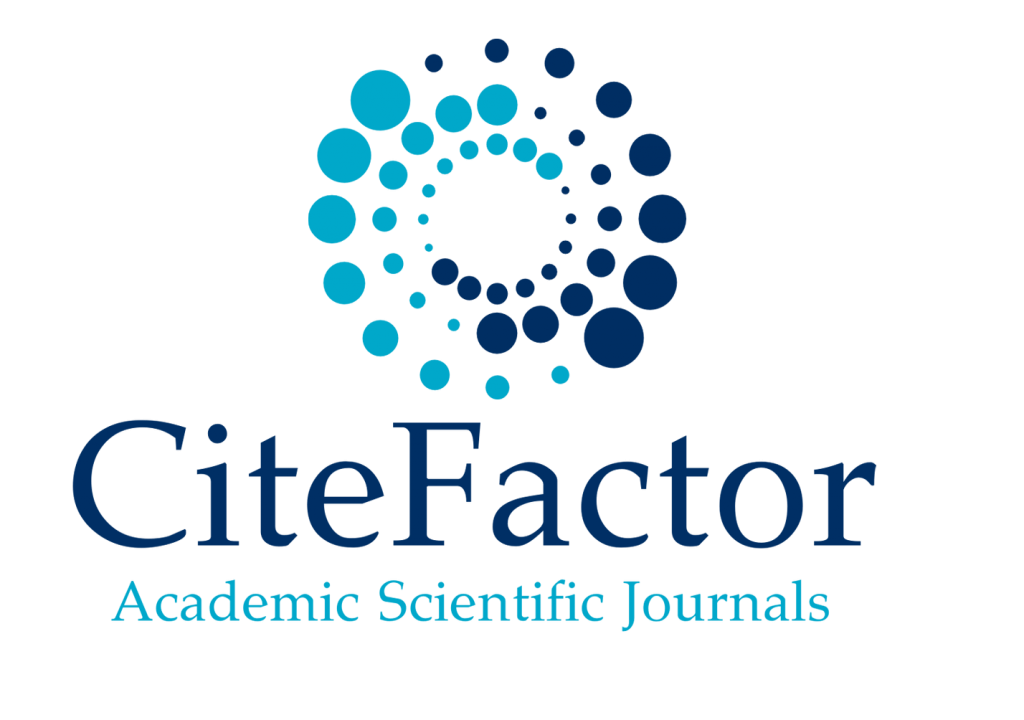About the journal
Journal of Plant Production Science publishing scientific papers on original experimental basic and applied research in the field of crop ecology and physiology, environmental stress, sustainable agriculture, biophysical processes related to plant growth and development, as well as articles that have an interdisciplinary aspect focusing on crop production
![]()
![]()
![]()
![]()
![]()
![]()
![]()
![]()


![]()

![]()
![]()
![]()
![]()
![]()

![]()

![]()

![]()
![]()
![]()
"This journal is following of Committee on Publication Ethics (COPE) and complies with the highest ethical standards in accordance with ethical laws"
Recent Articles
-
Open Access Article
1 - The effect of nitrogen amounts and lack of irrigation in some stages of growth on some morphological traits and yield of corn (Zea mays L.) Sc770
abdol karim Banisaeidi * ، Fatemeh Nesirian ، Adel ModhejIssue 2 , Vol. 13 , Autumn_Winter 2024 -
Open Access Article
2 - The effects of feeding by silica on the decrease of stress caused by salinity in radish plant
Ebrahim Fani * ، Shokoofeh HajihashemiIssue 2 , Vol. 13 , Autumn_Winter 2024 -
Open Access Article
3 - Investigating the improvement of seed germination of bread and durum wheat varieties (Triticum aestivum L.) by using salicylic acid and jasmonic acid under drought stress conditions
Nilofar Maheri * ، tayeb sakinejad ، adel modhej ، Reza Dadnia ، Seyed Keyvan MarashiIssue 2 , Vol. 13 , Autumn_Winter 2024
Most Viewed Articles
-
Open Access Article
1 - Evaluation of the effect of plant distance on yield of four watermelon cultivars (Citrullus vulgaris) in Jiroft environmental conditions
Ebrahim Mamonoei ، Seid Mohammad Alavi Siney ، Morteza Eshraghi-Nejad *Issue 1 , Vol. 11 , Autumn 2021 -
Open Access Article
2 - Effect of cultivar and cuting timing on alfalfa forage yield
Issue 2 , Vol. 1 , Winter 2010 -
Open Access Article
3 - Comparison of yield potential of 12 varieties of rapeseed under climatic conditions of Khuzestan
Issue 2 , Vol. 3 , Winter 2012 -
Open Access Article
4 - nvestigating the application of Threflan herbicide on weed control and grain yield of Mungbeen under climatic conditions of Shoushtar
Issue 2 , Vol. 4 , Winter 2013 -
Open Access Article
5 - Effect of weed management at different levels of sulfur coated urea on yield and qualitative traits of Beta vulgaris
Einollah Hesami *Issue 2 , Vol. 8 , Winter 2019 -
Open Access Article
6 - A Comparison of urea and sulfur coated urea urea on quantitative and qualitative yield of rice )Oryza sativa L.( under different silica rate
Leila Kayan Hosseini 1 ، Mani Mojaddam2* * ، Timoor Babaei Nejad3Issue 1 , Vol. 9 , Autumn 2019 -
Open Access Article
7 - Effect of application of sulfur and thiobacillus on improvement of morpho-physiological characteristics of wheat (Triticum aestivum L.) in Khuzestan lands
Fatemeh Mousavi ، Seyed Keyvan Marashi * ، Timour Babaei NejadIssue 2 , Vol. 9 , Winter 2019 -
Open Access Article
8 - Improving the water use efficiency, greenness index, and wheat grain yield under various irrigation regions using biofertilizer
Abolghasem Moradgholi ، Hamidreza Mobasser * ، Hamidreza Ganjali ، Hamidreza Fanaie ، Ahmad MehrabanIssue 2 , Vol. 12 , Winter 2023 -
Open Access Article
9 - The interaction between irrigation interval with manure and vermicompost on vegetative characteristics and yield of Lemon Verbena (Lippia citriodora L.)
Zahra Shadkam1 ، Farhad Mohajeri 2* *Issue 1 , Vol. 9 , Autumn 2019 -
Open Access Article
10 - Effect of humic acid on yield, yield components and physiological parameters of wheat in deficit irrigation conditions
Fatemeh Tourfi ، Alireza Shokuhfar2* *Issue 2 , Vol. 9 , Winter 2019












